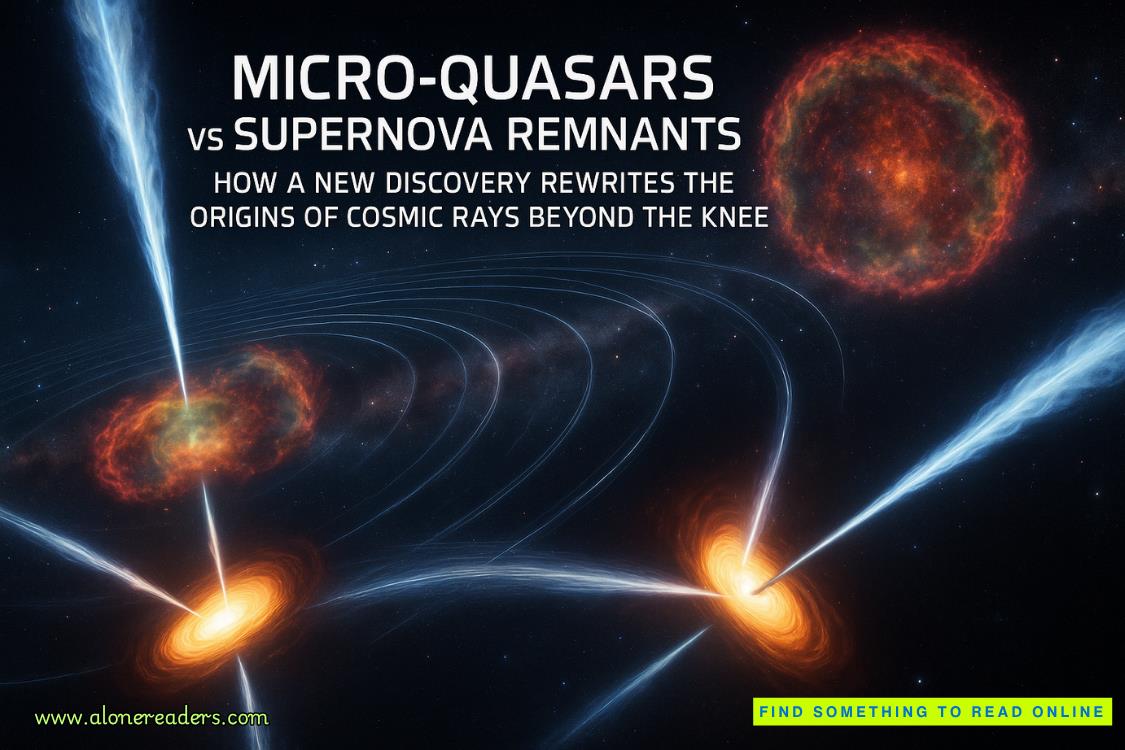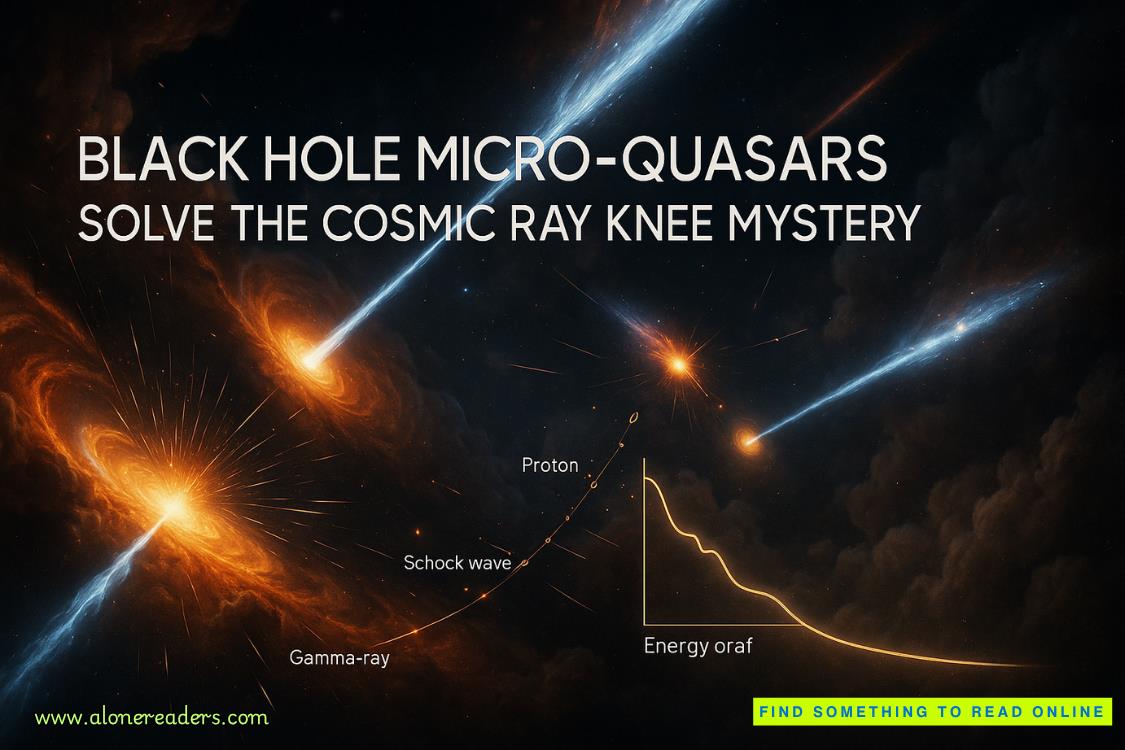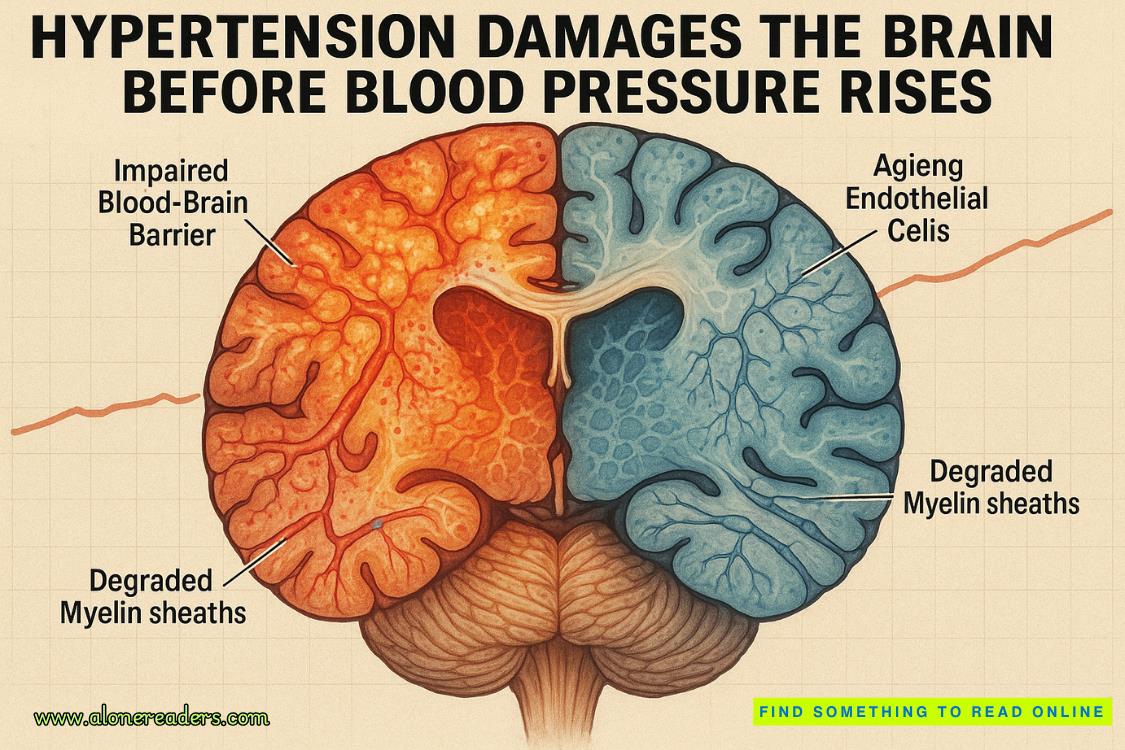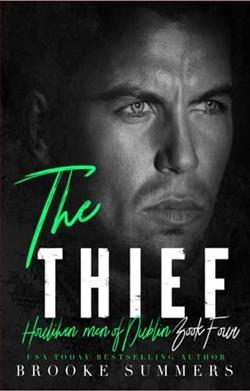Page 22 of Match Point
She unzipped her bag and pulled out a tennis racket. “If you insist. I had several alcoholic drinks last night. And after our practice, I’m going to eat an enormous breakfast without my nutritionist counting how many carbohydrates I get. Then I might take a nap…”
“You’re fired,” I said. “Maybe we can hire Sharapova instead.”
Her eyes widened with fake anger. “If you want someoneshriekinglike a banshee every time they hit the ball, then go ahead.”
“I’m telling her you said that,” I teased.
She grimaced. “Ugh, please don’t. I said somethingmildlyunflattering about Kuznetsova ten years ago, and I still have reporters asking me about it. Should we get started?”
“We’re all warmed up and ready to go,” my coach said.
Miranda jogged over to the other side of the net, where a bucket of fresh tennis balls was waiting. “Let’s hit a few so I can see what I’m working with. Don’t worry about hitting winners back; just focus on smooth contact.”
She grabbed a ball and hit it to my backhand side. I took a few steps to my left, pulled back my racket, and smoothly returned the ball with my normal backhand motion. Even though I used about half my strength, the swing caused a flare of pain in my side.
“No, no, no,” Miranda said, catching my return in her palm. “Two-handed backhands only. I want to see how your form looks.”
A tiny part of my mind whispered,she wants to see my form. I ignored the thought and returned her next hit, this time gripping the handle of the racket with both hands. The motion felt vaguely familiar, even though I hadn’t used a two-handed backhand in several years. But familiarity aside, the ball sailed directly into the net.
“Keep at it,” she commanded, hitting another ball to my left side. “I want you to do this for ten minutes before I make some adjustments.”
We did just that, hitting the ball back and forth for the next ten minutes. I sprayed my shots all over the court, but she always returned them to the exact same spot to my left, forcing me to use my backhand. After a few dozen shots, I started to get into a good groove. The longer we rallied, the harder we hit the ball, until I was hitting with about 90% effort.
“It still hurts,” I told her when she stopped and came around the net to my side. “Not as much, but I can feel it in my side.”
She nodded as if she expected that. “Your swing is good, but you’re receiving the ball in the same position as you would if you were making a one-handed backhand. Extending your arms out during the swing puts more emphasis on your obliques. Make the motion for me?”
I obeyed, gripping my racket with both hands and holding it out to the left. Miranda stepped close enough for her scent to surround me, flowery and clean. She grabbed both of my forearms and moved them closer to my body, until my elbows were touching my torso.
“I want you swinging like this. It takes a lot of pressure off the oblique muscles that are bothering you. But since you’re hitting the ball closer to your body, you need to focus on your footwork. It puts you in a better position to make this shot, so you don’t have to overcompensate by extending your arms.”
Her fingers lingered on my forearms a moment longer, cool to the touch. Then she stepped away. I gave a practice swing like that, keeping my elbows close to my body. It felt different, butright.
“Okay,” I said. “I think I can do that.”
Miranda jogged back to the other side, long legs moving smoothly underneath her tennis skirt. I shook off the sight of her.Focus. My first match is tomorrow and I need to get this right.
Even though I had spent two decades of my life hitting with a two-handed grip, it was tough to erase the last couple of years where I had switched to a one-handed backhand. We rallied for a little while, and I tried to adjust my footwork to get closer to the ball before each shot. My returns went all over the place—long, wide, and into the net. After a few minutes, I found the sweet spot and began striking the ball better.
“There you go!” Miranda shouted from the other side after a particularly strong return. “How do your obliques feel?”
“Good,” I replied. “Barely any pain.”
“Keep at it,” she said, hitting the ball again.
My entire attitude had changed in just a few minutes. Being around Miranda was uplifting, even if there wasn’t any progress to feel good about. But therewasprogress. I was starting to believe that if I focused on this during my free time, I could implement this change during the tournament.
Someone over on the side whistled. Miranda ignored my return shot and turned to smile at the man. “What are you doing here?” she asked.
Dominic deGrom and I didn’t have a rivalry in the traditional sense, but hewasone of my rivals on the men’s circuit. He was the current world number one, a position he had defended for over a year. I had held that rank for a few months back when I was in my prime, but thanks to my numerous injuries I had struggled to remain in the Top Ten for the past few years. In head-to-head matchups, we were evenly matched at 2-2. But the two wins I had over him had come almost a decade ago. In our recent two matches, Dominic had beaten me without losing a single set.
What’s he doing here?I wondered.
“Dominic,” I said with a polite nod. “They didn’t double-book me again, did they? We’re supposed to have this court reserved for two more hours.”
He dropped his bulky tennis bag on the ground and shook his head. “I’m over on court seven. Just wanted to stop by and wish you luck.”
He shook my hand, and I returned it numbly. Something was off, here. Dominic and I weren’t enemies, but we certainly weren’t friends.















